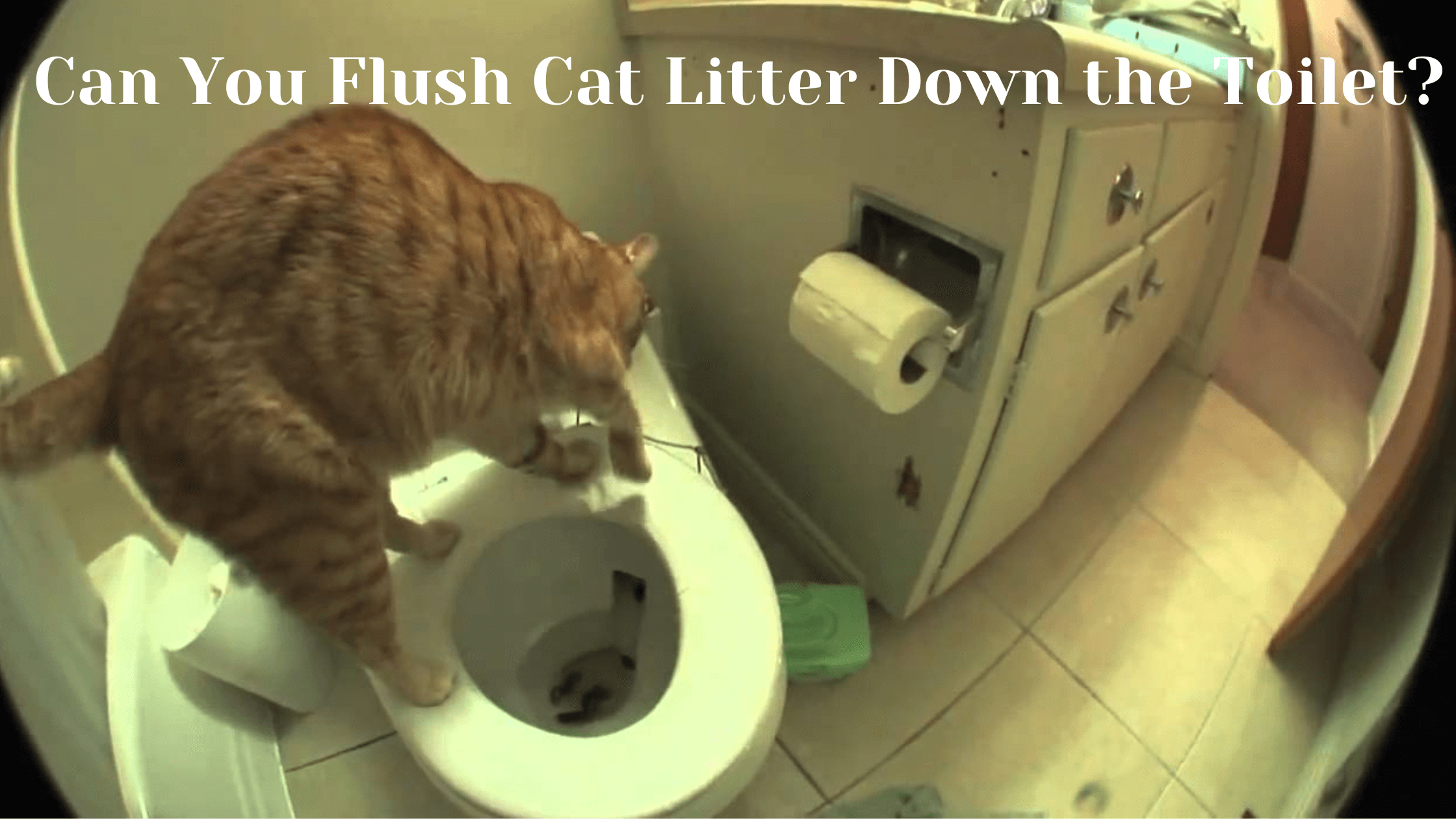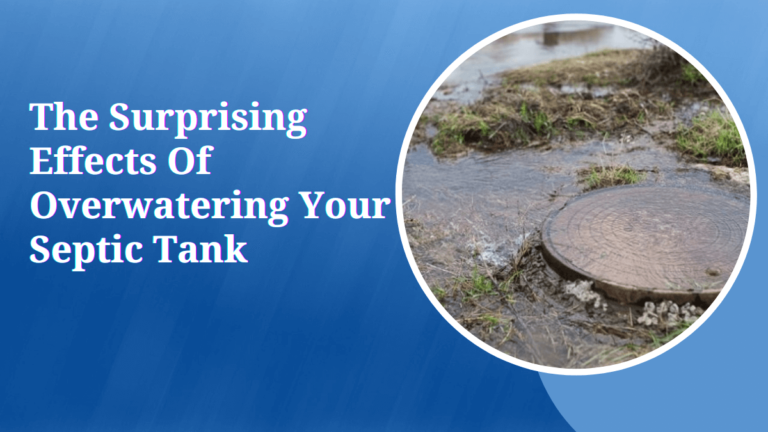Can You Flush Cat Litter Down the Toilet?
When it comes to cat litter disposal, the question of whether it is safe to flush cat litter down the toilet is a common one. Let’s explore the various aspects of this topic to understand the potential risks and proper methods for disposing of cat litter.
Is it Safe to Flush Cat Litter?
There are conflicting opinions on whether cat litter can be safely flushed down the toilet. While some manufacturers market flushable cat litter, others strongly advise against it. It’s essential to consider the potential consequences before making a decision.
Flushable Cat Litter
Some cat litters are labeled as flushable, indicating that they can be safely flushed down the toilet. These litters are designed to break down materials like cat fecal matter when they come into contact with water, reducing the risk of clogging pipes. However, it’s crucial to follow the manufacturer’s instructions and ensure that your plumbing can handle flushable litter.
Never Flush Cat Litter
However, many experts advise against flushing any type of cat litter down the toilet, especially litter made from clay or other non-biodegradable materials. These litters can clump and potentially cause plumbing issues. Moreover, clumping clay litter can expand and create a cement-like substance when mixed with water, increasing the likelihood of pipe clogs and sewage backups. To avoid such problems, it’s best to never flush cat litter and instead opt for alternative disposal methods.
Cat Litter Down the Toilet
Flushing cat litter down the toilet can pose risks to the sewer system and waterways. It’s crucial to understand the potential environmental impact and health hazards associated with this disposal method. Cat litter contains more than just clumped litter, often including cat feces and other contaminants. Flushing these materials can introduce harmful bacteria, parasites, and toxins into the water supply, posing risks to aquatic life and public health.
Cat Poop Down the Toilet
Similarly, flushing cat poop down the toilet raises concerns about the presence of toxoplasmosis in cat feces, a parasitic infection that can be harmful to humans and the environment. Toxoplasma gondii, the parasite responsible for toxoplasmosis, can survive in water and soil for extended periods, posing a risk of contamination if cat feces are flushed into waterways or sewage systems. Pregnant women and individuals with weakened immune systems are particularly vulnerable to toxoplasmosis and should avoid handling cat feces or flushing them down the toilet.
Scoop and Dispose of Cat Litter
An alternative to flushing is to scoop and dispose of cat litter in a responsible manner, using suitable waste disposal methods. Scooping cat litter into a plastic bag and throwing it in the trash is a simple and effective way to prevent environmental contamination and plumbing issues. However, it’s essential to seal the bag securely to contain any odors and prevent leakage.
Proper Ways to Dispose of Cat Litter
When it comes to disposing of cat litter, it’s essential to consider the specific type of litter and the most suitable disposal methods.
Clay-Based Litter Disposal
For clay-based litters, it is recommended to bag and throw the litter in the trash rather than flushing it down the toilet. Clay litters do not break down easily in water and can clump together, leading to clogs and blockages in pipes. Bagging the litter and disposing of it in the trash ensures proper waste management and minimizes the risk of environmental pollution.
Septic Safe Cat Litter
If you have a septic system, using septic-safe cat litter and disposing of it according to the system’s guidelines is crucial to prevent any negative impact on the system. Septic-safe litters are designed to break down rapidly in septic environments, reducing the risk of clogs and damage to the system. However, it’s essential to follow the manufacturer’s instructions and avoid flushing septic-safe litter if your septic system is not equipped to handle it.
Composting Cat Litter
Composting cat litter may be a viable option for those looking for an environmentally friendly way to dispose of cat waste. However, it’s essential to follow proper composting practices and ensure that the compost pile reaches a high enough temperature to kill any harmful bacteria or parasites. Additionally, avoid using composted cat waste on edible plants to prevent the risk of contamination.
Bag and Throw Cat Litter
Bagging and throwing cat litter in the trash is a straightforward and safe disposal method that prevents any potential harm to the plumbing or the environment. When disposing of cat litter, use durable plastic bags that are securely sealed to contain odors and prevent leakage. Additionally, consider using biodegradable plastic bags to minimize environmental impact.
Flushing Cat Litter Risks
Understanding the risks associated with flushing cat litter can help pet owners make informed decisions when choosing a disposal method for their cat’s waste.
Effects of Flushing Cat Litter
Flushing cat litter can have various effects, ranging from potential damage to sewer systems to environmental pollution. It’s crucial to be aware of these impacts to make responsible choices. Flushed cat litter can accumulate in sewer systems, leading to clogs and blockages that require costly repairs. Moreover, cat feces contain harmful bacteria and parasites, such as toxoplasma gondii, which can survive in water and pose risks to human health and aquatic life.
Impact on Sewer Systems
The act of flushing cat litter can lead to clogs and blockages in sewer systems, causing plumbing issues and potentially expensive repairs. Clay-based litters are particularly problematic as they do not break down easily in water and can form cement-like clumps that adhere to pipes and cause obstructions. Additionally, flushed cat litter can accumulate in septic tanks and cesspools, leading to malfunctions and system failures. To avoid these problems, it’s best to avoid flushing cat litter altogether and opt for safer disposal methods.
Toxoplasmosis and Cat Feces
Toxoplasmosis, a parasitic infection found in cat feces, can pose health risks if it enters water systems through flushed cat waste. Toxoplasma gondii, the parasite responsible for toxoplasmosis, can infect humans and animals, causing flu-like symptoms and, in severe cases, neurological complications. Pregnant women and individuals with weakened immune systems are particularly susceptible to toxoplasmosis and should avoid handling cat feces or flushing them down the toilet. Toxoplasma gondii can survive in soil and water for extended periods, making it difficult to eliminate once introduced into the environment.
Biodegradability of Cat Litter
Considering the biodegradability of cat litter is crucial, as non-biodegradable materials can contribute to environmental pollution and harm wildlife. Biodegradable cat litters are designed to break down naturally over time, reducing their impact on the environment. However, it’s essential to choose biodegradable litters carefully and ensure that they meet environmental standards. Additionally, proper disposal methods, such as composting or landfill disposal, should be followed to minimize environmental impact.
Waterway Pollution
Flushing cat litter can lead to waterway pollution, affecting aquatic ecosystems and posing risks to the environment. Cat feces contain harmful bacteria and parasites that can contaminate water sources and threaten the health of aquatic life. Moreover, flushed cat litter can introduce toxoplasma gondii into waterways, increasing the risk of toxoplasmosis in humans and animals. To prevent waterway pollution, it’s essential to avoid flushing cat litter and choose safer disposal methods that minimize environmental impact.
15 Times Rule for Flushing Cat Waste
Some sources recommend flushing cat waste no more than 15 times to limit its impact on water systems and the environment. This rule of thumb helps prevent excessive flushing of cat litter and reduces the risk of sewer clogs and waterway pollution. By following this guideline, pet owners can minimize their environmental footprint and promote responsible waste management practices.
Alternatives to Flushing Cat Litter
Given the potential risks associated with flushing cat litter, exploring alternative disposal methods is essential for responsible pet ownership. Clumping cat litters pose specific challenges when it comes to disposal, as they can clump together and clog pipes. Instead of flushing, it’s best to scoop clumped litter into a bag and throw it in the trash. Additionally, consider using biodegradable cat litters and composting cat waste to minimize environmental impact and promote sustainable waste management practices.
Clumping Litter Disposal
For clumping cat litters, it is advisable to use proper waste disposal methods, such as bagging and discarding the litter in the trash. Clumping litters can clump together when exposed to moisture, making them unsuitable for flushing and increasing the risk of pipe clogs and sewage backups. By bagging and disposing of clumped litter in the trash, pet owners can prevent plumbing issues and promote environmental sustainability.
Safe Ways to Dispose of Cat Waste
Identifying safe ways to dispose of cat waste, including utilizing suitable litter and disposal techniques, is crucial for minimizing environmental impact. Biodegradable cat litters offer a more eco-friendly alternative to traditional clay-based litters, as they break down naturally over time and reduce environmental pollution. Additionally, proper waste disposal methods, such as composting or landfill disposal, should be followed to minimize environmental impact and promote sustainable waste management practices.
Biodegradable Cat Litter Options
Using biodegradable cat litter and choosing environmentally friendly disposal methods can reduce the ecological footprint of cat waste disposal. Biodegradable litters are made from natural materials that break down easily in the environment, minimizing environmental pollution and harm to wildlife. Pet owners can choose from a variety of biodegradable litters, including those made from recycled materials, plant-based ingredients, or natural fibers. By opting for biodegradable cat litters and practicing responsible waste management, pet owners can help protect the environment and promote sustainability.
Proper Water Usage for Flushing
If opting to flush cat litter, ensuring adequate water usage during the flushing process can help mitigate potential issues within the plumbing system. Flushing cat litter requires sufficient water to break down clumps and prevent clogs in pipes. Pet owners should ensure that their toilets are equipped with water-saving features and use them appropriately to conserve water while flushing cat litter. Additionally, consider using low-flow toilet models or dual-flush toilets to further reduce water consumption and promote sustainable water usage.
Disposing of Cat Litter
Properly disposing of used cat litter in a manner that aligns with environmental and health guidelines is essential to prevent any adverse impact on the surroundings. Pet owners should bag used cat litter in durable plastic bags and securely seal them to contain odors and prevent leakage. Additionally, consider double-bagging used cat litter to provide an extra layer of protection and minimize the risk of environmental contamination. Dispose of bagged cat litter in the trash according to local waste management regulations and guidelines.
Risks and Considerations
Understanding the risks and considerations associated with cat litter disposal is vital for making informed decisions and promoting responsible pet care. Cat feces contain harmful bacteria and parasites that can pose risks to human health and the environment if not disposed of properly. Pet owners should be aware of these risks and take appropriate measures to minimize environmental impact and protect public health. By choosing biodegradable cat litters and utilizing safe disposal methods, pet owners can help reduce environmental pollution and promote sustainable waste management practices.




